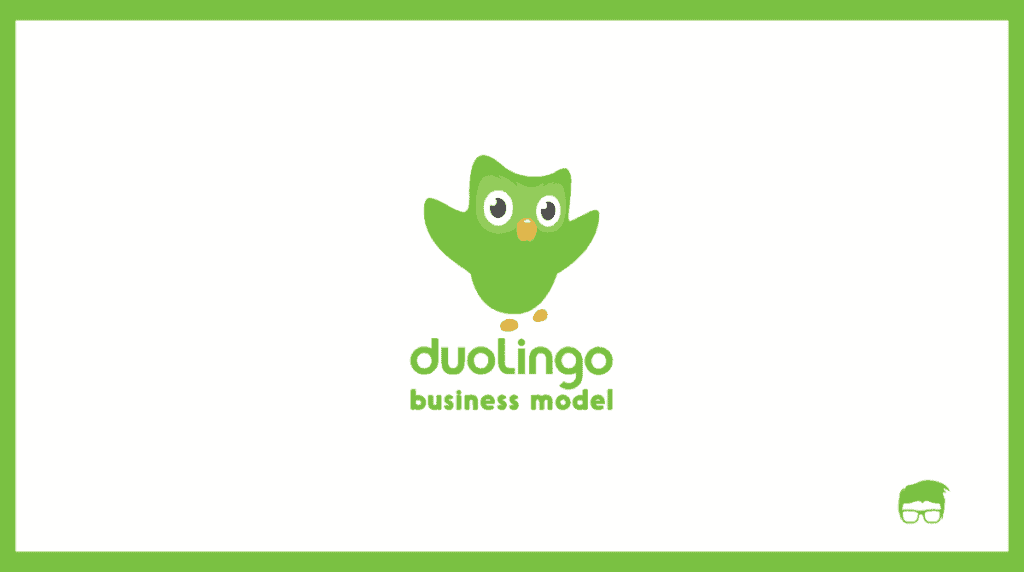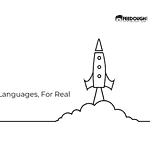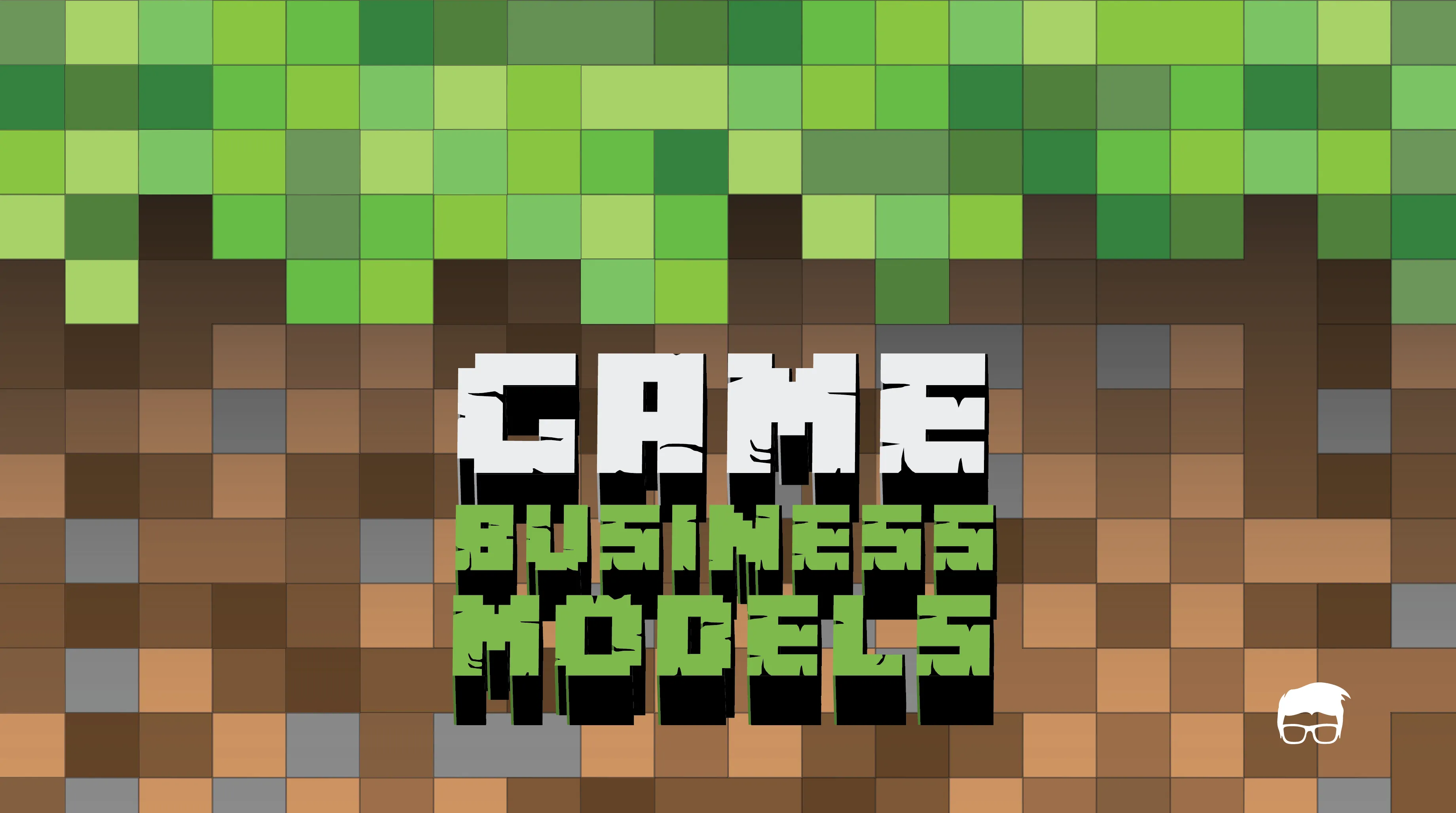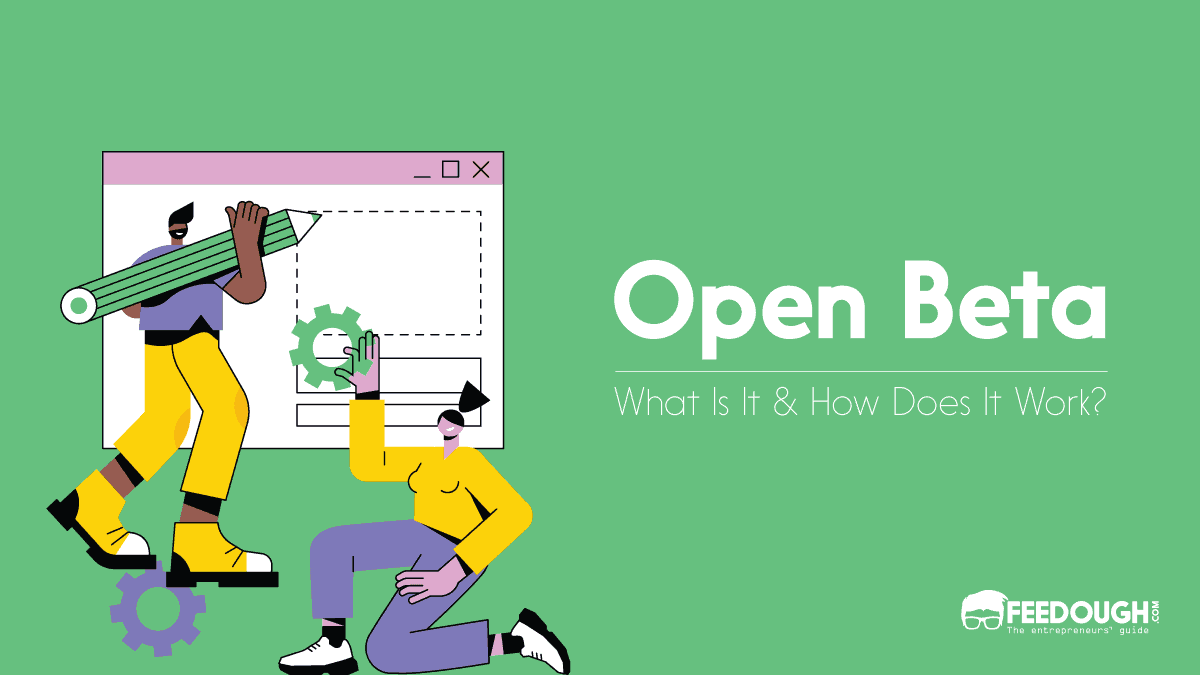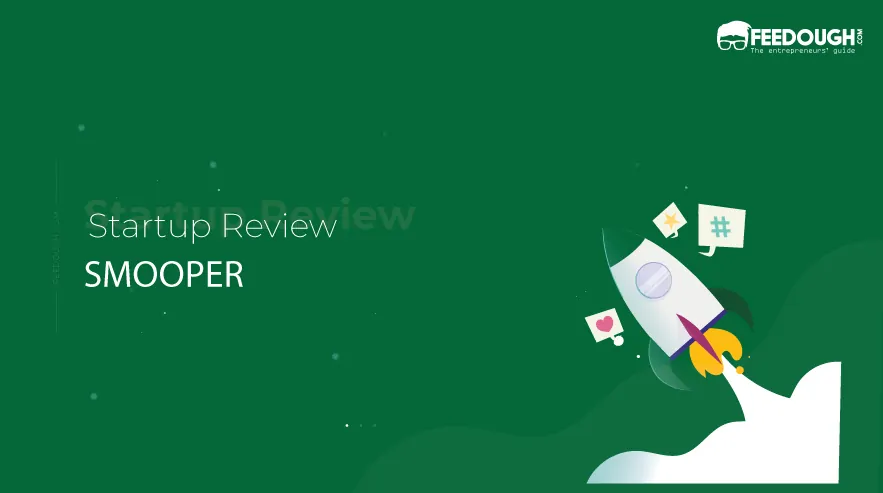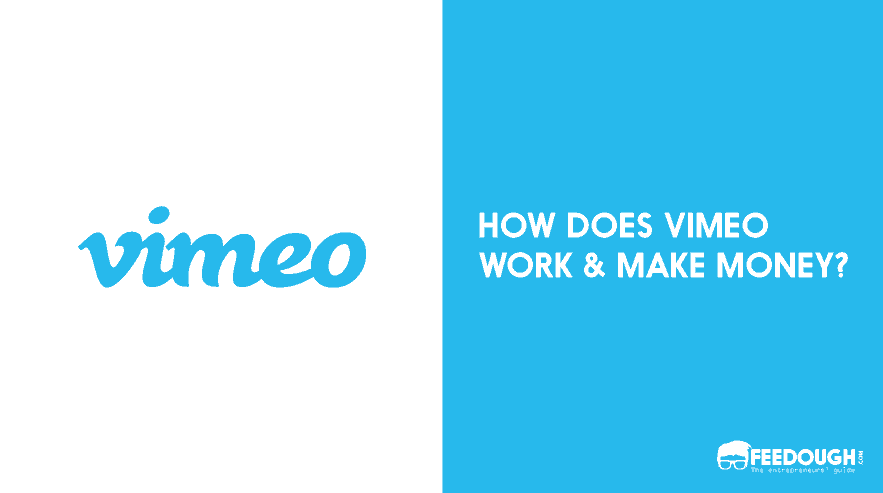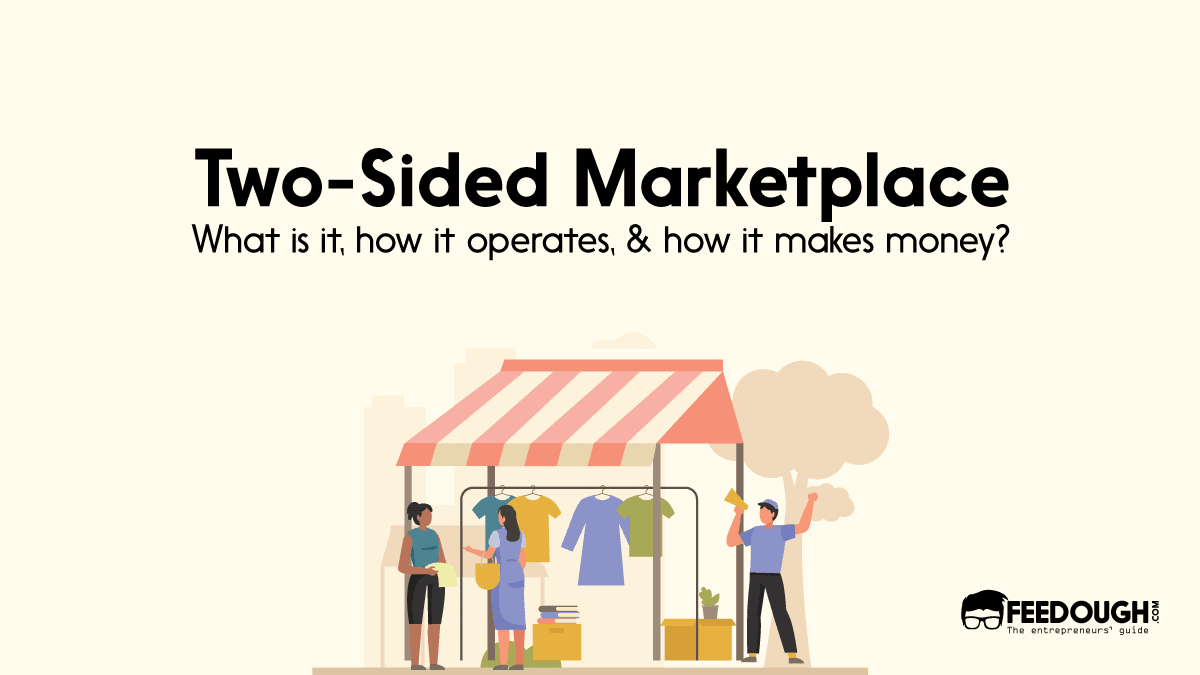‘If you’re not paying for it, you are the product’, a statement everyone in the data-driven internet market agrees upon. But is it possible to get services absolutely free without losing your data to a cloud-based Advertisement AI in the 21st century?
Well, the chances are slim but Duolingo has managed to get it done.
What is Duolingo?
Valued at $1.5 billion, Duolingo is a free language learning platform where they gamify the courses to keep users interested in learning a new language. The platform is accessible from a browser and has an app on every major platform i.e IOS, Android, Windows.
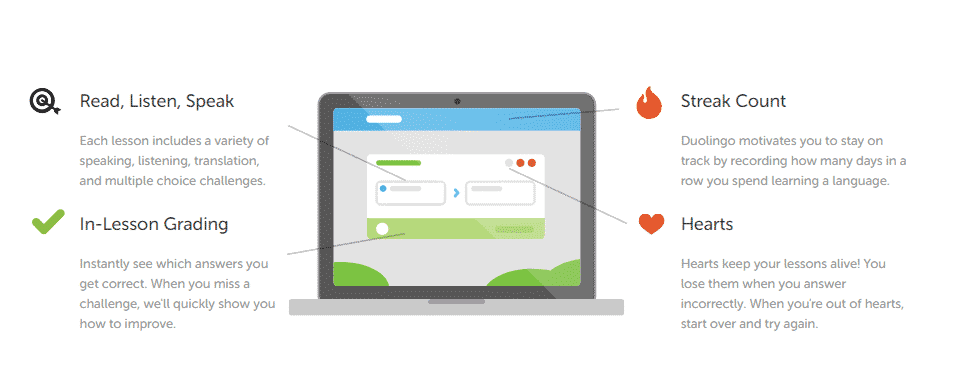
As of 2020, Duolingo offers 37 language courses, tinycards (a flashcard based learning system), Duolingo for school (a language learning platform for tutor and students) and Duolingo English proficiency test (it gives you a certification of English proficiency for a minimal fee).
The language learning platform has a whopping 500 million registered user-base, with 42 million monthly active users who use the application to learn around 2000 words and 8000 sentences of various languages of their choice, for free.
Duolingo is also known for adding fictional languages like High Valyrian and Klingon to its list which in turn has garnered a bunch of enthusiastic geeks.
But what is the concept behind Duolingo?
Duolingo was founded by Luis Von Ahn (known for his work in CAPTCHA and Re-CAPTCHA) and his student Severin Hacker. It was based on the base principle of Re-CAPTCHA. Re-CAPTCHA is a major crowdsourcing information program where the system takes information from users to verify if they are human and also convert to text scanned images that the machine is unable to comprehend.
You might ask how is this related to Duolingo?
Duolingo worked on a similar model to that of Re-CAPTCHA. While Re-CAPTCHA worked on crowdsourcing words that are unreadable to the machine, Duolingo took human help to translate a particular document from one language to another. Although Translate tools are progressing every year, they were not quite capable of precisely translating phrases from one language to another a few years back.
To tackle this problem, the ingenious business model of Duolingo was introduced. With the gamification process, users are hooked on learning a new language and the whole application being free gives them an added incentive to use it. But what they don’t realize is the application actually is providing text to translate and as a part of the learning process, they are simultaneously translating the text which is going to be useful to some website. When a defined number of users give the same translation for a particular sentence, the website considers that as the legitimate translation and saves that as the translated text.
How Does Duolingo Make Money?
When Duolingo started out, it gave the premium experience of an ad-free application for free. So how was the company earning revenue?
Duolingo had the client base of content heavy websites like CNN, BuzzFeed, etc. These websites wanted their content to be translated, and Duolingo with the help of crowdsourced translation would translate the text in an effective and much cheaper price than a professional translator. Thus, helping the users as well as developing revenue to sustain itself.
However, Duolingo in its recent years has tabled the initial idea of giving a premium experience. Now, Duolingo has added tiny not so intrusive advertisements that help them generate revenue as the initial model was quite cumbersome and didn’t generate enough revenue. It has moved towards the freemium model now as it offers a paid version of the app that removes advertisements and you can pay to obtain gems, an in-game currency that helps you unlock content beforehand and also gives you extra chances.
Duolingo is known to run A/B tests regularly to identify what ads work and the amount of intrusiveness on the ads and the resulting response of the user to each ad. It overall tries to keep the system as user friendly as possible, while identifying how it could maximize revenue.
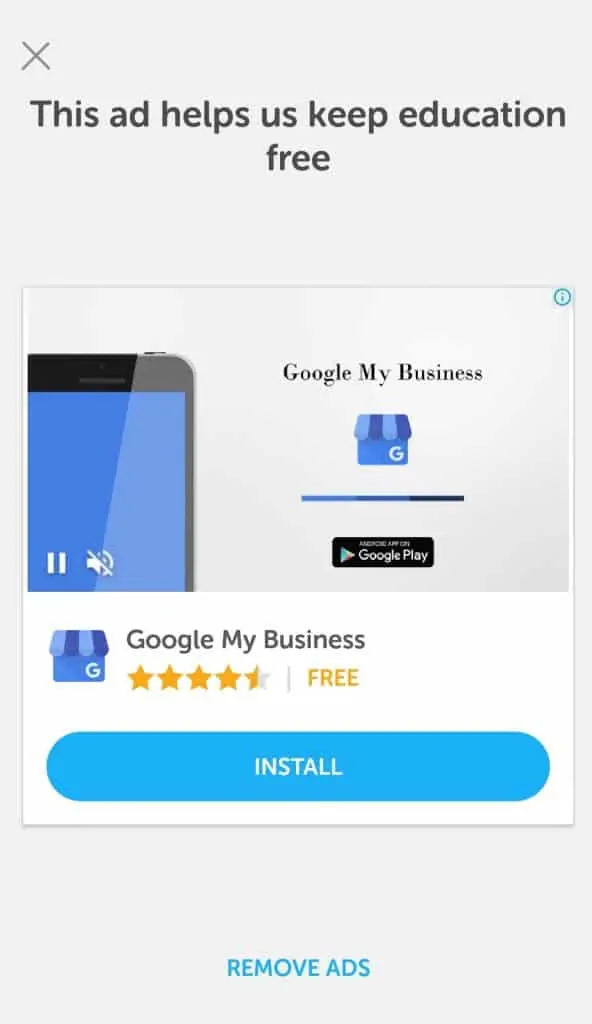
Duolingo also offers Duolingo English test, a certification test that gives you a validation certificate that proves your proficiency in English for $49.
The company has even started with the offering Duolingo for schools, which provides two separate accounts: for educators and for students to track and train new languages in schools.
Although Duolingo has tabled its initial idea of making it a premium experience and creating a win-win scenario, it is still one of the most ingenious business models and needs to be recognized. With the next generation of crowdsourcing information models coming in, Duolingo will always be considered a pioneer in this incredible model.
Go On, Tell Us What You Think!
Do you use Duolingo? Does Duolingo business model interest you? Let us know in the comments.
Engineer by education. Writer by choice. I learn about new things by writing about them.
